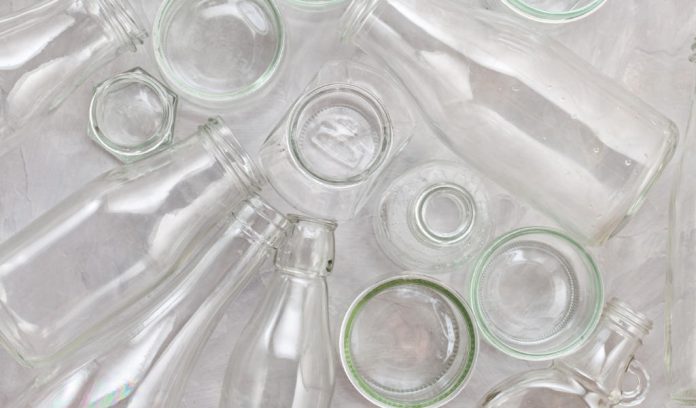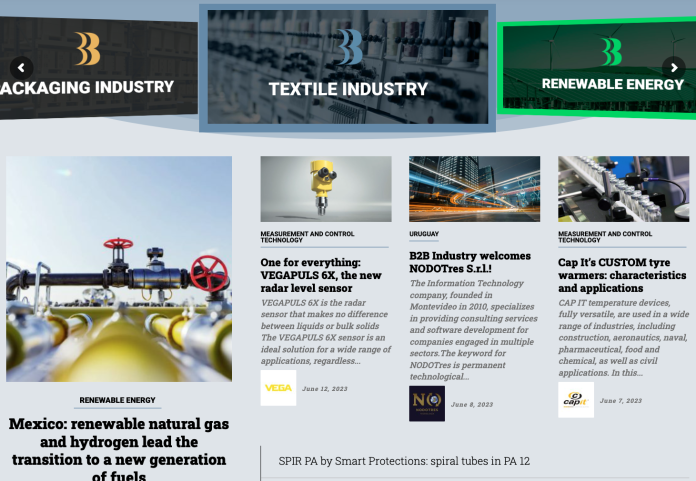Glass, Windshields, Windows, and Rear Windshields of a car, once discarded – thanks to a European directive that has mandated since 2015 the recovery of 95% of the weight of vehicles – are sent to specific glass recovery centers where they are transformed into 100% recyclable material.
However, in the case of irreparably damaged car windows (i.e., not repairable, as in the case of small cracks), the automotive industry is experimenting with new recycling processes, different from those known for ordinary glass reuse.
The automotive sector, in addition to its shift towards electric vehicle models, is progressively moving towards greater sustainability in every phase of production and disposal. This approach, as exemplified by Audi through concrete projects, aims to increase the use of secondary materials, promoting a more circular economy. Glass recycling has shown great potential in this regard, not only in terms of saving raw materials but also in reducing the use of two particularly precious resources in today’s context: water and energy.
Car Windows Like Bottles? Almost
Currently, recycled glass is mainly used to produce beverage bottles. Audi, on the other hand, intends to utilize it in a more “complex” manner, aiming to produce a product that meets specific standards for safety (consider the robustness required for a windshield), stress resistance, and the ability to remain unchanged over time in all possible weather conditions. This protocol is even more stringent than that applied to materials used for car interiors.
The Circularity of Glass
To achieve this result, the first step is to collect damaged window glasses (at the Reiling plant, specialized in material recycling), where they are crushed into small pieces and processed. In the subsequent step, the fragments are reintroduced into the production of glass sheets. However, this is done only after a thorough separation process for non-glass materials, such as the Pvb (Polyvinyl Butyral) plastic layer found in the glass, window frames, metal parts, and cables. Magnets, non-ferrous metal separators, electro-optical sorting units, and extraction units are used for this phase.
From Fragments to Glass Sheets
Once the glass is fragmented and waste materials removed, resulting in a pure and homogeneous material, it moves to another processing plant, the Saint-Gobain facility in Herzogenrath, Germany. Here, the final product takes shape as the fragments, mixed with materials from non-automotive sources such as quartz sand, sodium carbonate, and gypsum, are transformed into rectangular glass sheets, from which new windows and windshields are manufactured.
“This pilot project is an important step towards sustainable production that allows us to save resources and energy,” says Markus Obdenbusch, Production Director at the Saint-Gobain Herzogenrath facility.
Significant Reduction in Emissions
“We have just begun to consider glass as a material to recycle in these applications, so there is ample room for improvement,” Obdenbusch clarified. Nonetheless, even at the current stage, the reduction in carbon dioxide emissions is highly significant, amounting to approximately 75 fewer tons per working day and a substantial reduction in water consumption. All of this, in exchange for processing 30,000 tons of fragments over the next three years.
Quality and Costs Will Define the Project’s Future
Audi’s pilot project has a duration of one year: at the end of this period, the quality of materials, supply stability, and process costs will be assessed. If the balance is positive, then the Audi Q4 e-tron will be the first electric vehicle from the brand to feature windows made from recycled glass. This project further demonstrates that, by combining the expertise of various suppliers and integrating raw materials into closed and intelligent cycles, it is possible in the automotive industry to use secondary materials in all cases where it is technically feasible and economically reasonable, thus optimizing the value chain and preserving resources.







